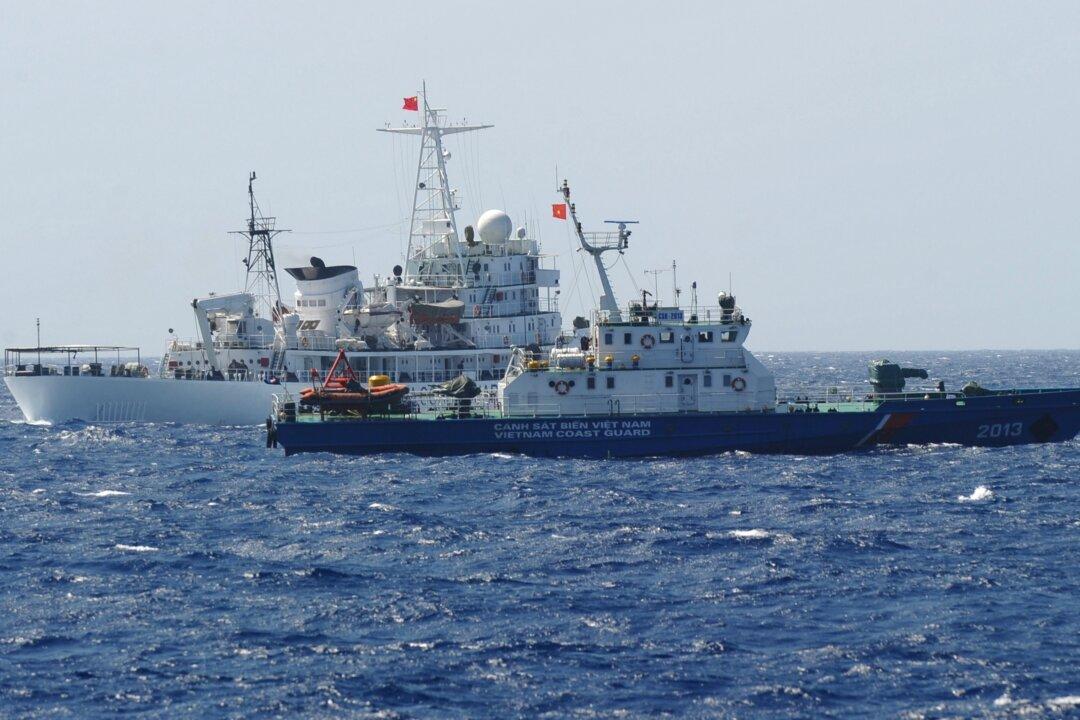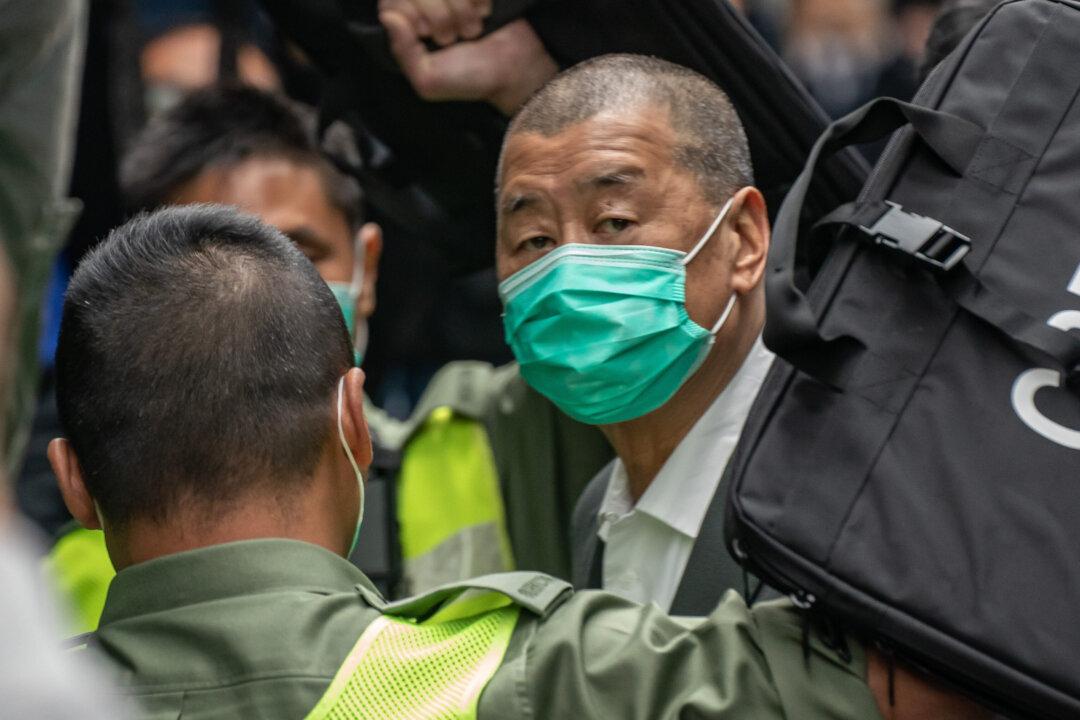Beginning on September 1, China will require foreign vessels to report detailed information upon entering into the ocean areas the regime claims as its territory. An expert warns of the rising possibility of clashes in contested waters in the South China Sea.
The move comes after Beijing passed a Coast Guard Law in late January, authorizing the coast guard to adopt “all necessary means, including the use of weapons” to stop threats from foreign vessels.




